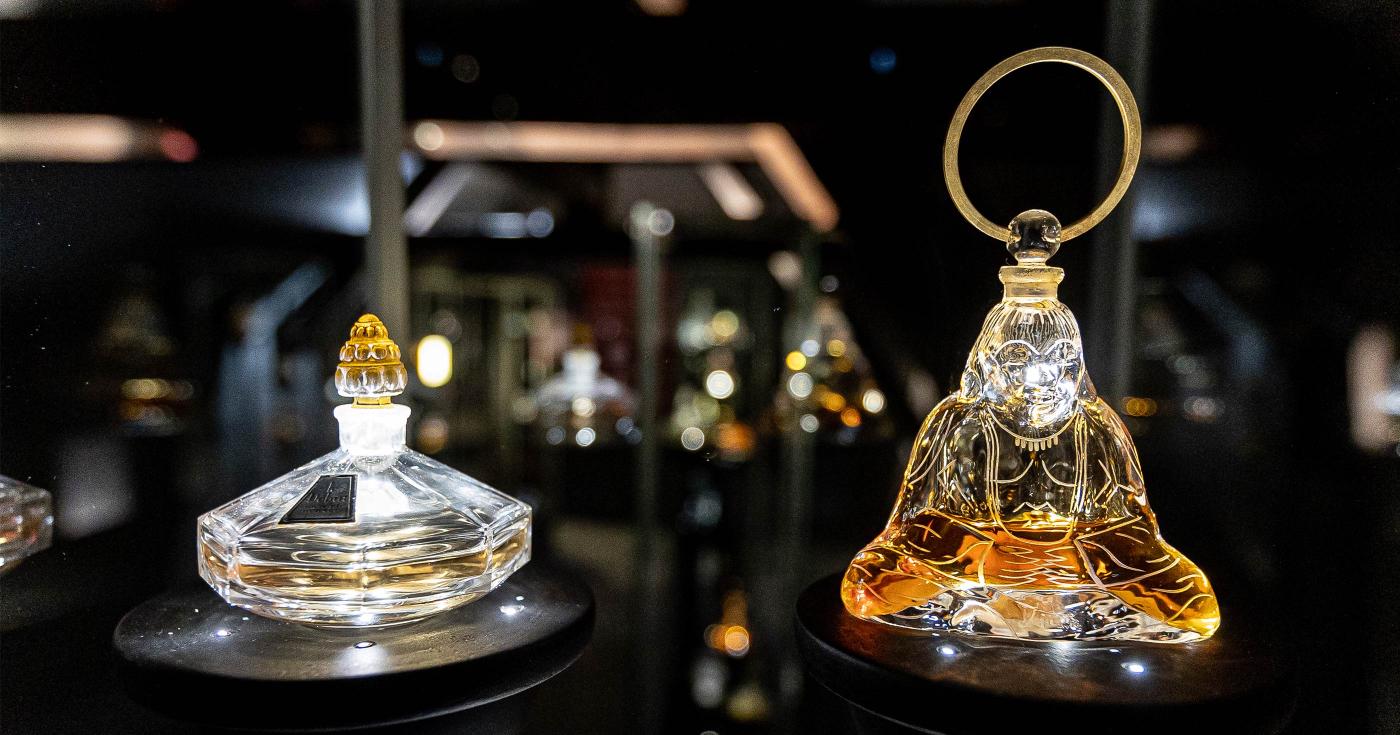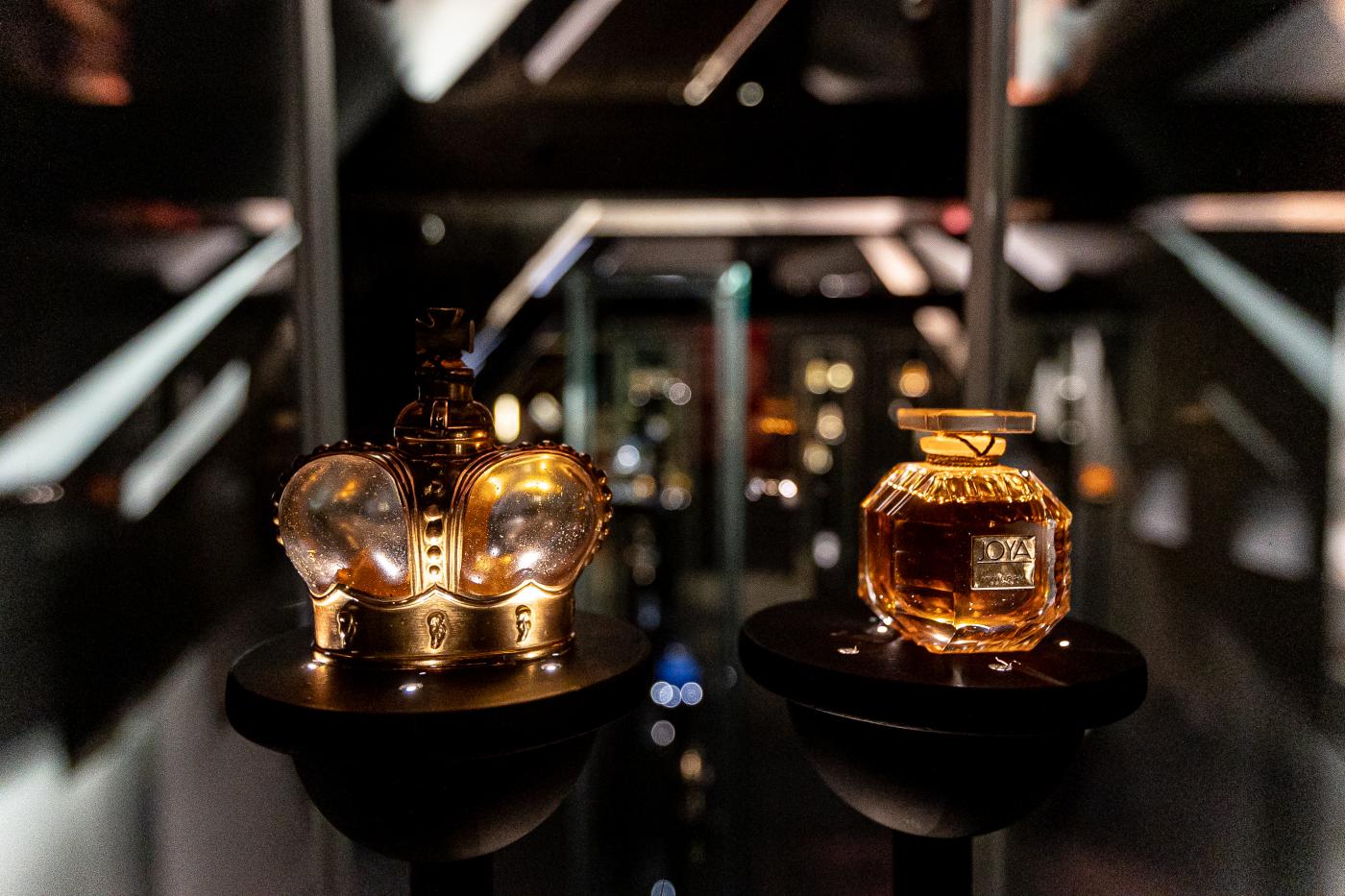The Promenade des Parfums
The Château de Chamerolles presents a history of hygiene and perfumes from the 16th century to the present day.
Like haute couture and gastronomy, perfumery represents the quintessence of French know-how. Although producers of perfumed essences are concentrated around Wrasse, the Central Region is home to more than 500 companies working in the various sectors of the economic chain of perfume: research and training, cultivation of aromatic plants, manufacture of cosmetics and perfumes, packaging, bottling, packaging and distribution.
Created in 1994, Cosmetic Valley was designated a “Competitiveness Pole” in 2005. While the château was being restored by the Département of Le Loiret between 1987 and 1992, it was decided to make it the location of a themed museum relating the history of hygiene and perfumes through the centuries, from the Renaissance to the present day.
The Promenade des Parfums, created by Didier Moulin on the basis of an original idea by Frédérique Archambault, offers a showcase of history and heritage in Cosmetic Valley. It is one of the few sites in France dedicated to the world of perfumery and cosmetics.
La Cosmetic Valley
Cosmetic Valley
1994: creation in Eure-et-Loir.
Five professions: research and training, cultivation of aromatic plants, manufacture of cosmetics and perfumes, packing and packaging, distribution.
2005: designated a Competitiveness Pole in 7 départements.
Over 500 companies, 69,000 jobs and a turnover of €10,000 million euros, accounting for approximately 53% of national perfumery turnover (in 2019).
The Promenade des Parfums takes you through interiors fitted and furnished to reflect the 16th century to the 18th century, retracing the use of perfume in society. The first two centuries presented show that it was used to combat or provide protection against disease. As baths were banned during the reign of the Sun King, perfume became a means of effectively masking body odours. From the 18th century onwards, perfume was an inseparable addition to the "beauty toilet" carried out according to one's moods by mixing the essences of one's perfume cellar.
However, some aristocratic figures regularly sought their perfume compositions from Houbigant, L.T. Piver, Lubin and Roger & Gallet, perfumers to the European courts. From the 19th century, the first perfume factories appeared in Grasse and the number of perfumeries increased dramatically. It was at this time that Millot, Pinaud and Guerlain appeared. Following the introduction of synthetic products, compositions became more and more sophisticated. This was the birth of “Modern Perfumery”.
In the early 20th century, the bottling process also underwent fundamental changes. Coty joined forces with René Lalique, the great master glass-maker, to introduce the completely new dimension of aesthetics to the bottling process. The space dedicated to the 20th century highlights crystal bottles from Baccarat and Bohemia together with creations from Lalique, Daum or Dali. Your perfume bottle is probably among our 800 bottles numbered, assigned a place in history and displayed on the second floor of the château. Come, visit Château de Chamerolles and find it!



